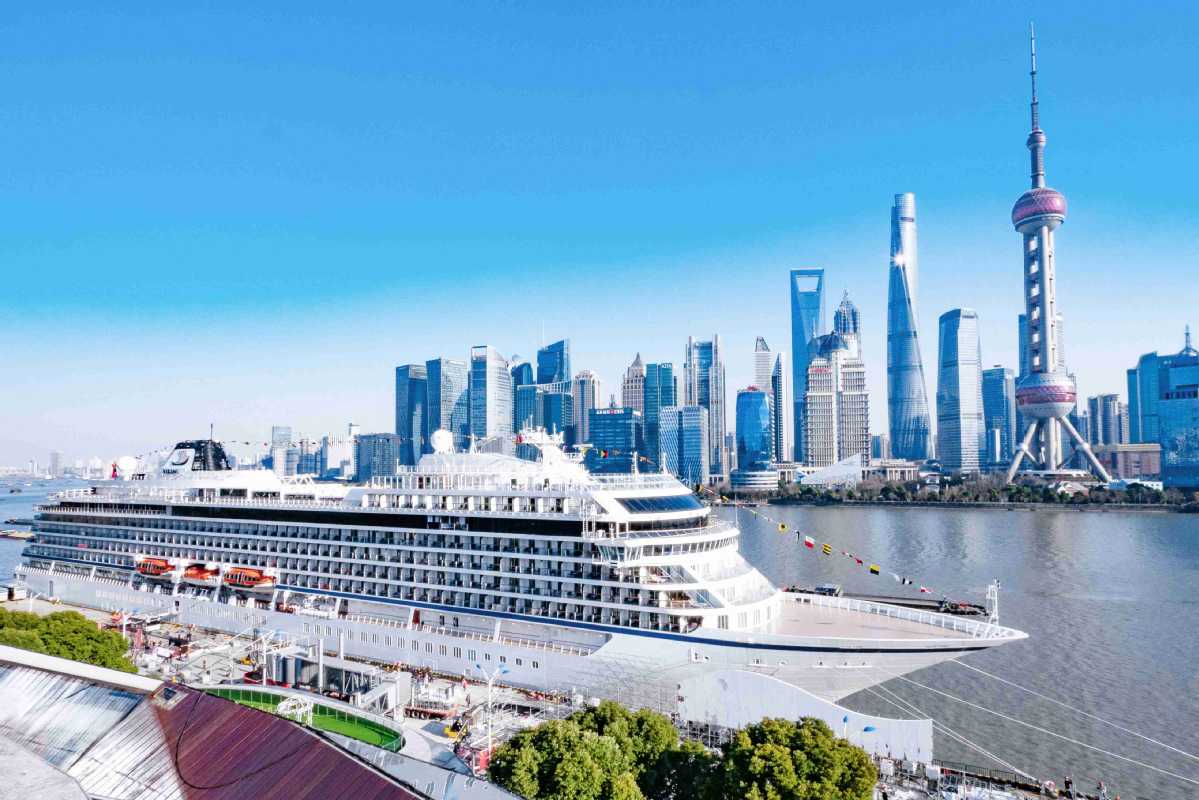The Challenge
To say COVID has changed the travel landscape would be an understatement. Viking Cruises China has been subject to a barrage of constant waves of change. The most pressing is how consumer engagement has shifted over the past several years. As a result of COVID, consumer engagement has moved increasingly towards digital. Gone are the days of brochure sales collateral and here are the new channels of WeChat and WeCom for China. To address these new consumer expectations Viking set out on a mission to overhaul how they engaged their guests. Putting their travelers first meant forgetting current and past processes and looking to best in class user experiences as a roadmap to the future. This is where mongon was brought in.
Our Solution
To meet these challenging problems challenging questions needed to be asked. Our team works best by following the Monogon way. This is a process of first benchmarking the current state, analyzing the problem, defining the to-be vision and then, and only then, implementation of the transformation. There are no shortcuts or fast lanes to change. For viking we started with:
Step 1: Mapping the Value Chain and Arriving at MECE
For any business transformation to drive real revenue growth it must be centered around the value chain. This is accomplished with a detailed mapping of each factor affecting the bottom line. Starting with a clear end goal, we work backwards. Profit in the cruise industry is a derivative of bookings and total costs, this is the first layer we isolated. From there we isolate the influencers of both derivatives and repeat this process until we arrive at a state of mutually exclusive yet collectively exhaustive factors.
Step 2: Analyzing Drivers for Change in the MECE Value Chain
With a clear value chain established, we now looked to define experiences that can drive positive growth at each level. Each KPI is individually planned for and brainstorming is commenced to understand how a digital experience can be implemented to see positive growth.
Step 3: Looking for Best In Class Experiences Across Industries
Great ideas and solutions do not live in silos. Nor are they exclusive to an industry or brand. Our team at Monogon then sought out to find the best in class experience. Searching far and wide, we are looking for innovative tactics & technologies that can be replicated or utilized for Viking’s challenges. The end results of this process is a well educated team and a concrete benchmark for what best-in-class looks like. This also serves the consumer as a new user experience does not always equal better user experience. Retraining and retooling a consumer, who is electing to engage your brand, is time consuming and in many cases leads to a lost opportunity. Following best in class experiences, allows for streamlined onboarding and higher consumer confidence. With this review in hand, we have true north for what a vision experience can materialize into.
Step 4: Translating Best in Class to Viking
At this point, we have been able to isolate Viking’s pain points, analyze the KPIs that should drive growth and benchmark best-in-class user experiences. Now starts the fun bit, bringing to life this review of what it can become for Viking. Taking into account what best-in-class looks like, and how Viking operates, our team spent weeks designing the specific experiences that Viking can look to implement. This focused on both quick wins and operational changes. The result of this step was a detailed playbook that the Viking team is now able to use as their go to market playbook and guide for business transformation.
Come back soon for the second part in our Viking case study as we move to the nitty gritty of their business transformation! {.}



